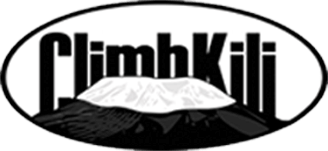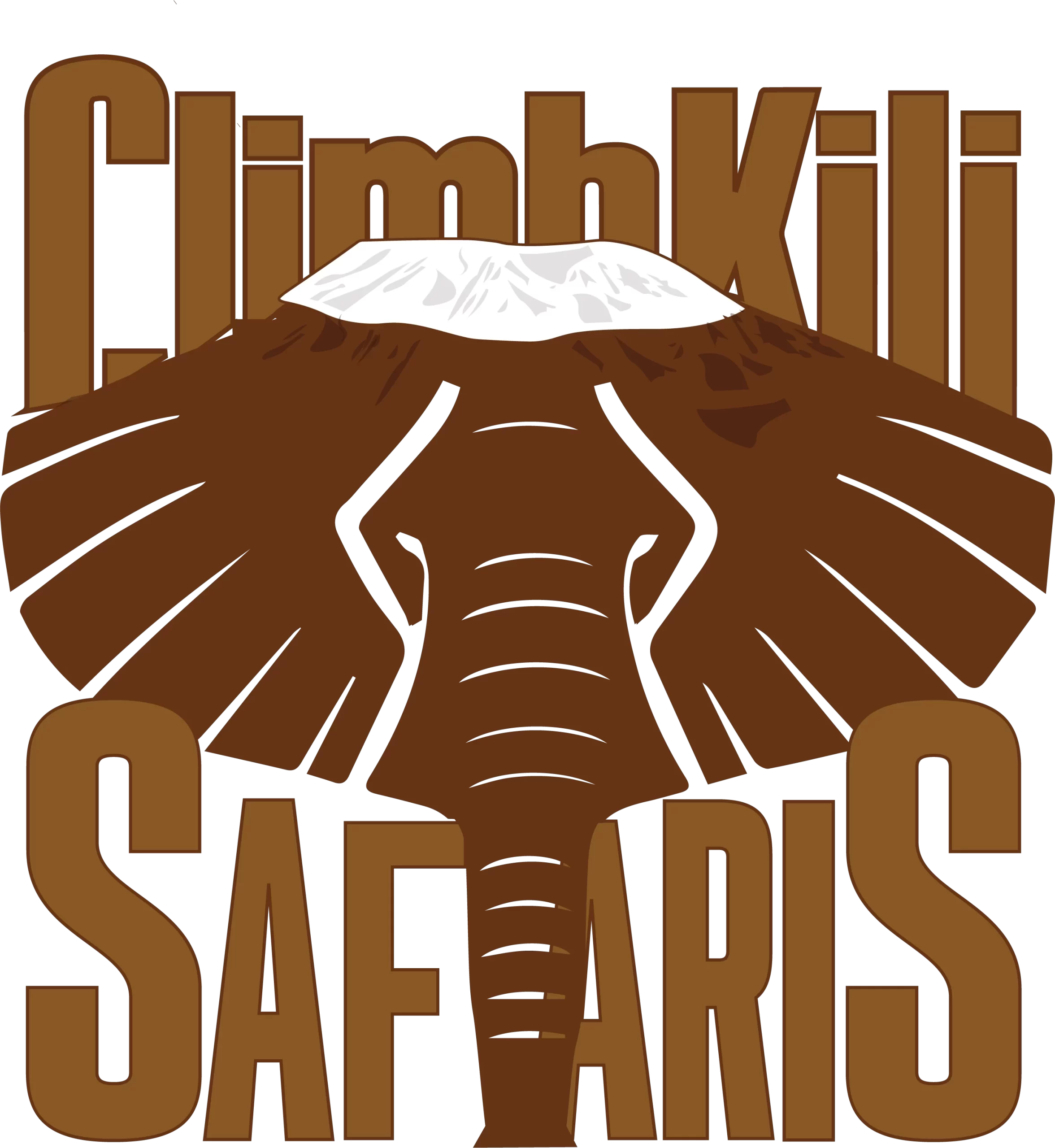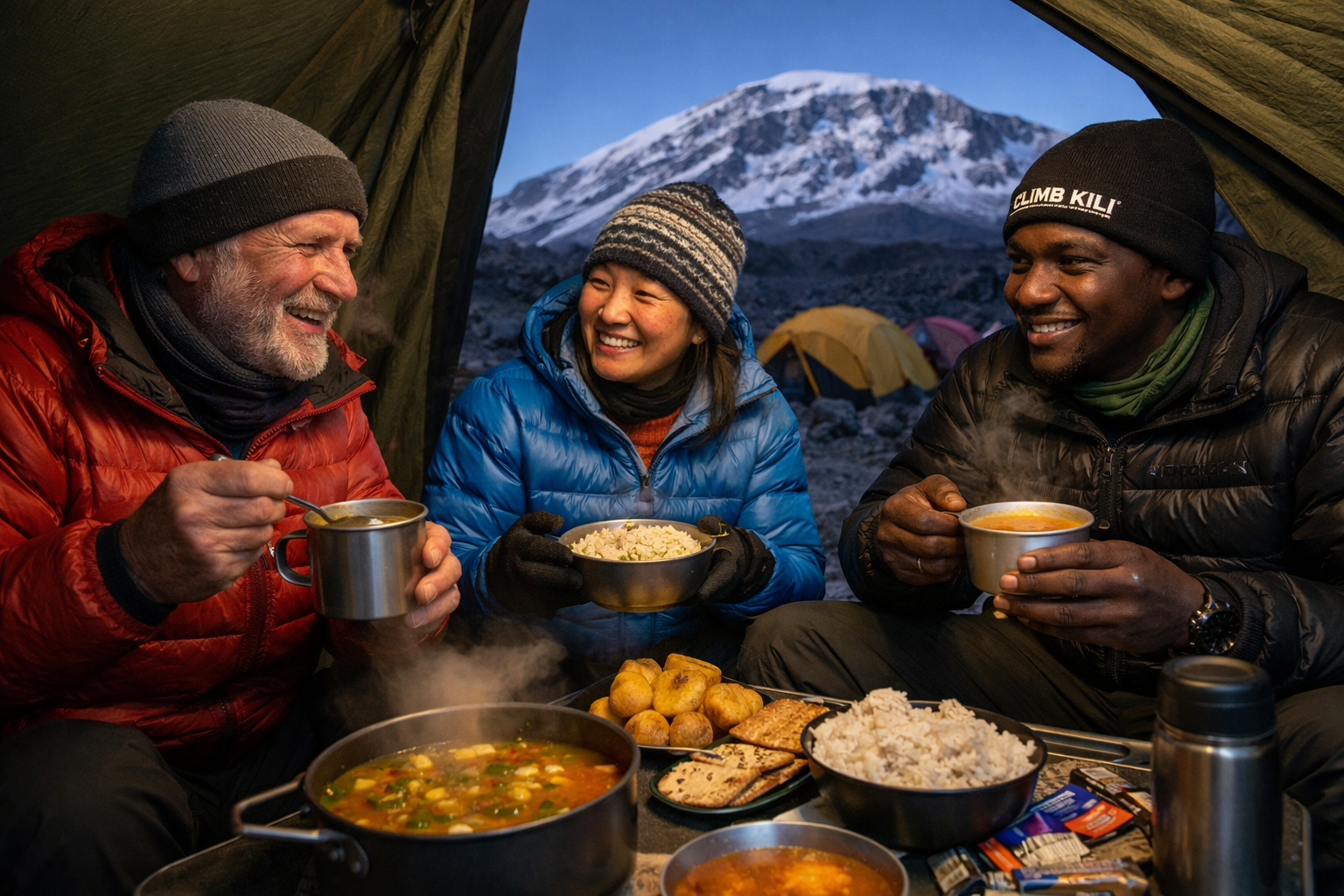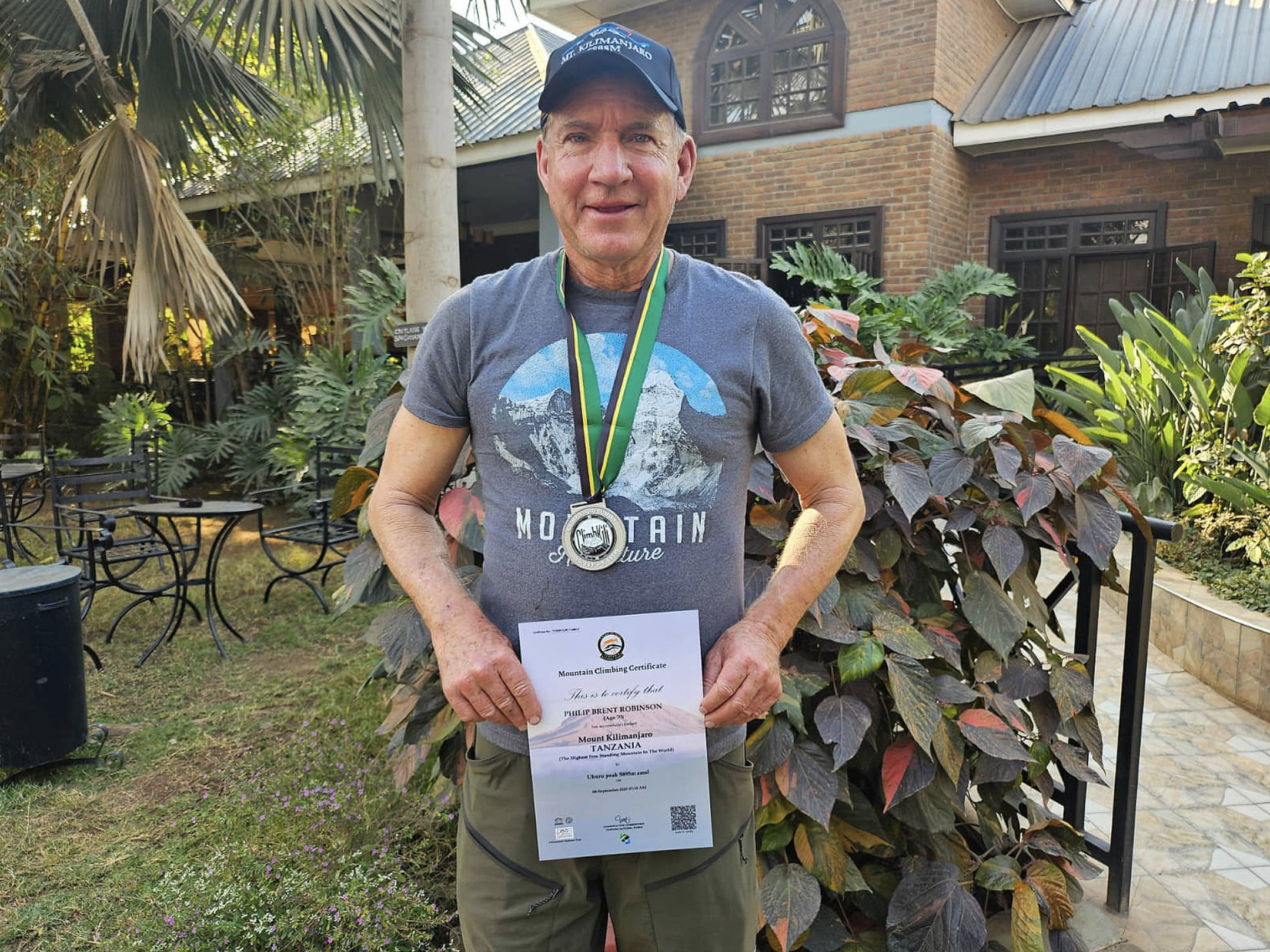Trekking Mount Kilimanjaro is not a race—it’s a carefully planned journey. One of the smartest parts of a well-designed itinerary is the inclusion of rest or “acclimatization” days. These aren’t lazy days—they’re strategic pauses that dramatically improve your chances of safely reaching Uhuru Peak.
Here’s what you need to know about Kilimanjaro rest days and how to make the most of them.
Why Rest Days Matter
At high altitude, your body needs time to adjust to lower oxygen levels. Rest days—especially on longer routes like Lemosho or Northern Circuit—are built into the itinerary to help your body acclimatize.
Benefits include:
- Reduced risk of Acute Mountain Sickness (AMS)
- Higher summit success rate
- Better energy and morale for the final push
At Climb Kili, we don’t just give you time to rest—we design these days intentionally, often at scenic, mid-altitude camps to support your adjustment and keep the journey inspiring.
What Happens on a Rest Day?
While it’s called a “rest day,” you’ll still stay active. Here’s what a typical acclimatization day might include:
- Short Acclimatization Hike: Your guides may take you on a short “hike high, sleep low” loop to help your body adjust without overexertion.
- Health Checks: Daily oxygen and heart rate monitoring continue as usual.
- Hydration and Nutrition: You’ll focus on fueling your body with plenty of water and calorie-rich meals.
- Team Bonding: Rest days are great for connecting with your fellow climbers, playing cards, journaling, or chatting with guides and porters.
It’s not about being idle—it’s about being intentional.
Routes with Built-In Rest Days
Not all Kilimanjaro routes include designated acclimatization days. That’s why it’s so important to choose a route that prioritizes altitude adjustment.
💚 8-Day Lemosho Route
Includes a rest day at Karanga or Shira 2 Camp for optimal acclimatization.
💚 7- Day Machame Route
While shorter, this route includes the famous “hike high, sleep low” day to aid altitude adjustment.
💡 At Climb Kili, our guides adjust the pace and schedule to ensure your rest day is as effective as possible—even adding mini acclimatization hikes when needed.
How to Make the Most of Your Rest Day
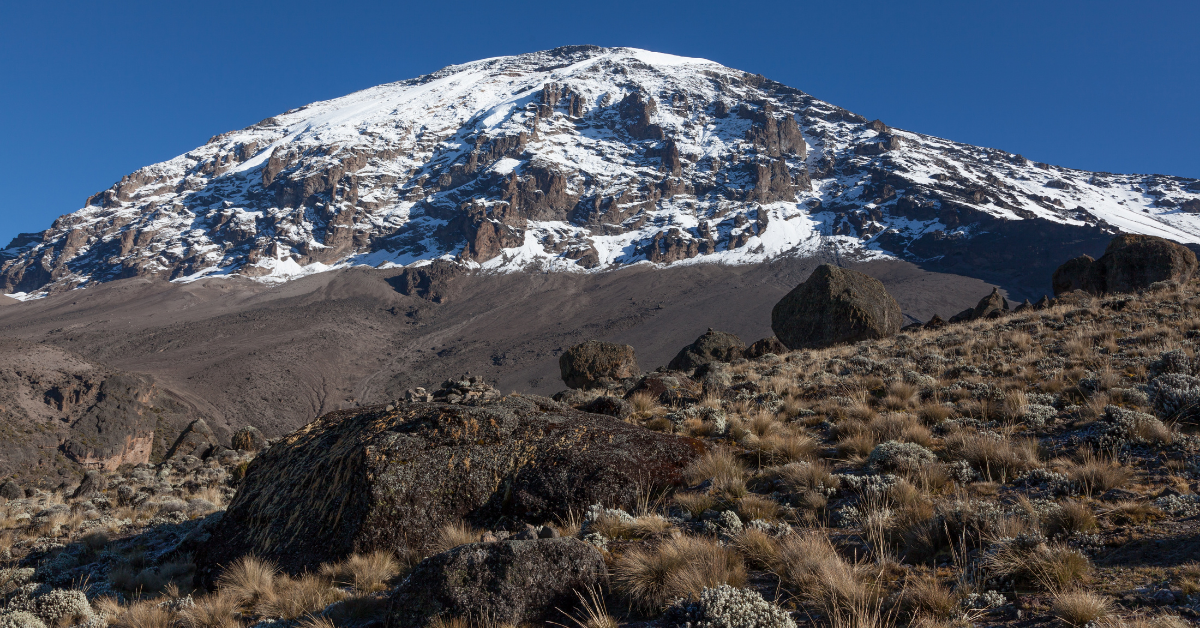
Here are a few ways to maximize your time:
1. Stay Mobile
Take the short hike, even if you’re tired. Moving helps your body adjust to the altitude more efficiently.
2. Stay Hydrated
Drink plenty of water, and ask for hot tea throughout the day. Dehydration is a major factor in altitude sickness.
3. Eat, Even If You’re Not Hungry
Altitude can suppress appetite. But keeping your calorie intake up gives your body the energy to adapt.
4. Relax and Reflect
Use this time to journal, meditate, or simply take in the views. It’s rare to be surrounded by such beauty—give yourself permission to soak it in.
5. Chat with Your Guides
Our Climb Kili guides are a wealth of knowledge. Ask questions, learn local Swahili phrases, or hear stories from the mountain.

Bonus Tip: Pack Something Fun
A rest day is the perfect time to enjoy:
- A lightweight book or Kindle
- Journal and pen
- Travel games or playing cards
- Polaroid or film camera for mountain moments
These small comforts can go a long way in lifting your spirits.
Final Thoughts
Rest days on Kilimanjaro are not wasted time—they’re the secret to a successful summit. They allow your body to catch up, your mind to slow down, and your spirit to recharge.
When you trek with Climb Kili, every part of your itinerary—from rest days to summit night—is built with your success in mind.
So when your guide says, “Today, we rest”—know that you’re still climbing. One breath, one step, one acclimatized day at a time.
